Popular on Food52
15 Comments
Peggy H.
October 14, 2012
I made rhubarb chutney for the first time last spring (not your recipe, but that will be the one I try next as it looks marvelous). I use it when i put pork in the crock pot - just dump a quarter or half cup in when I am slow cooking a pork roast, with a little water. The flavor that the chutney imparts to the pork is just to die for even though it doesn't taste remotely like rhubarb or chutney per se - it's almost like using a unique type of barbeque sauce, but better!
AntoniaJames
May 31, 2012
Excellent post! So much useful information, and my, what an enticing recipe. Thank you for sharing this. I'm off to find your book!! ;o)
JosieD
May 15, 2012
This chutney is delicious! Just made a batch and plan to make more tomorrow. I hope some jars will last til winter.
Shuna L.
April 9, 2012
Rhubarb and pineapple are my favorite fruits for chutney.
I learned how to make chutney in the oven. Mostly because I'm usually juggling about 20 projects at a time, and I found it was easier not to "scorch" the bottom in the oven.
I learned how to make chutney in the oven. Mostly because I'm usually juggling about 20 projects at a time, and I found it was easier not to "scorch" the bottom in the oven.
FoodD
April 8, 2012
You might get a kick out of my hOMe Dlivery service, Recipes 4 Survival brings you, Have a Ball at Lunch - http://www.recipes4survival.com/have-a-ball-at-lunch/
or my chutney piece on youtube.com/recipes4survival
or my chutney piece on youtube.com/recipes4survival
Lizthechef
April 8, 2012
Rhubarb is hard to find in San Diego - no frost - so I buy it whenever I can find it semi-local. Love this chutney and will make it, most definitely.
Shuna L.
April 9, 2012
Rhubarb doesn't like to grow, in general, in California. But lucky for West Coasters it grows quite well in Washington. I find that soon after Holland's rhubarb comes hot house and very soon after that comes Washington State rhubarb.
Lizthechef
April 8, 2012
Rhubarb is hard to find in San Diego - no frost - so I buy it whenever I can find it semi-local. Love this chutney and will make it, most definitely.
gluttonforlife
April 8, 2012
This is a lovely recipe. I make mine with crystallized ginger as well as fresh, plus hot peppers and lots of spices (cumin, turmeric) for a more aggressive flavor. Can't wait to harvest my rhubarb!
sofiesb
April 8, 2012
Am I allowed to ask you which neighborhood? I'm at college in VT now, but I grew up in West Slope right near Raleigh Park Elementary! Your back yard sounds just like mine!
I'm thinking I will make this chutney soon. Thanks so much!
I'm thinking I will make this chutney soon. Thanks so much!
carol_tanenbaum
April 4, 2012
LOVE rhubarb, and can't wait to try this! I've never understood those who relegate rhubarb to sticky sweet pies, laced with strawberries. I grew up with my grandmother's rhubarb patch, and loving spring because of it.
Thanks ever so much.
Thanks ever so much.
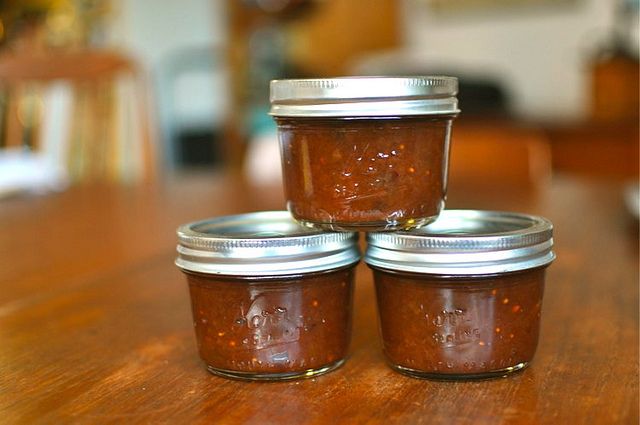
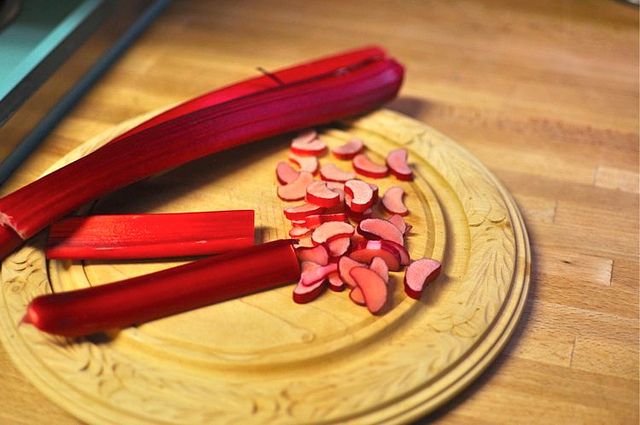
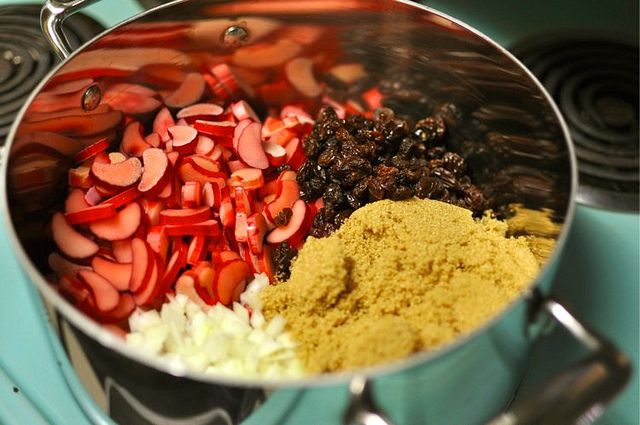
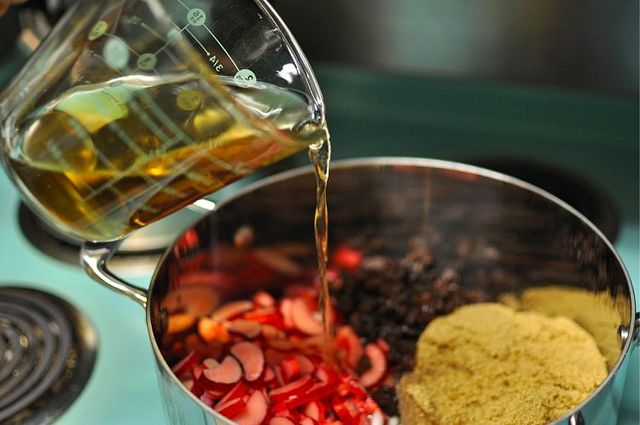
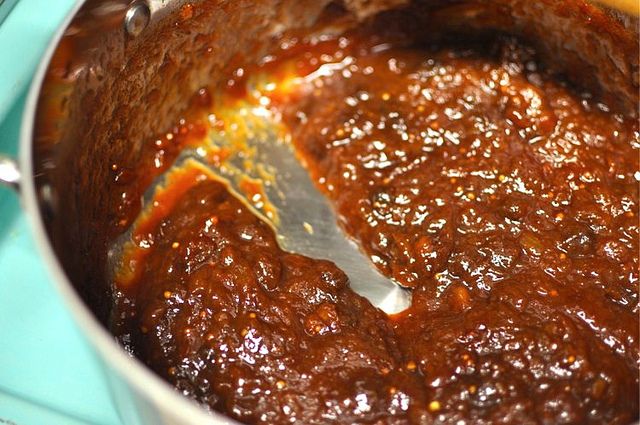
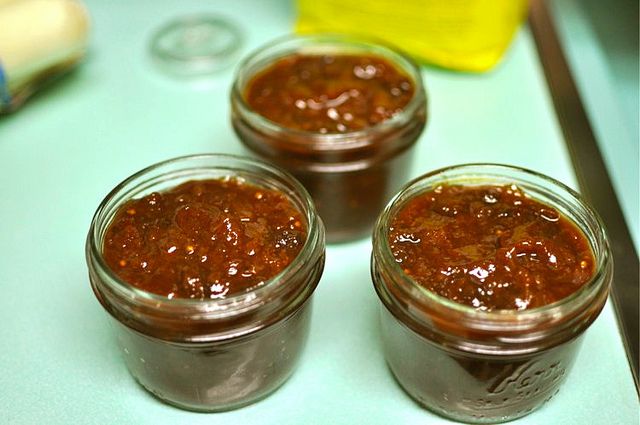

See what other Food52 readers are saying.